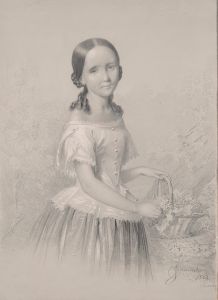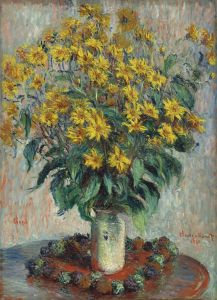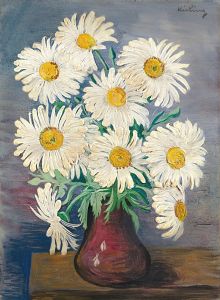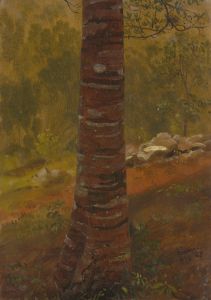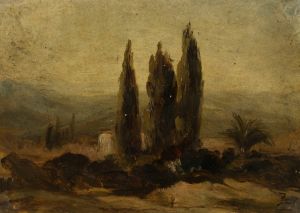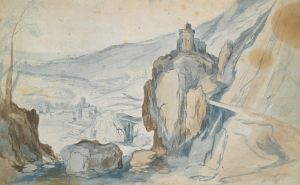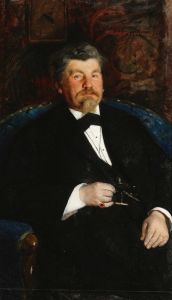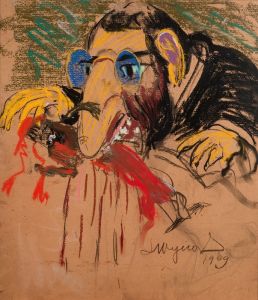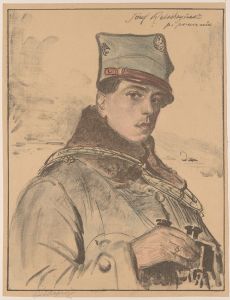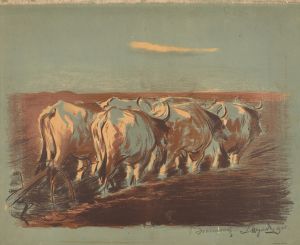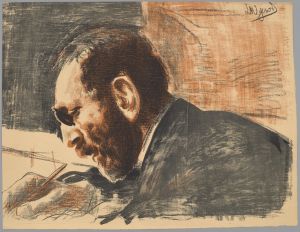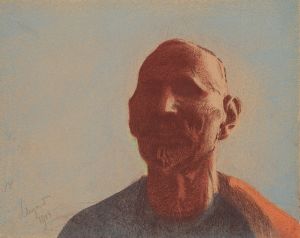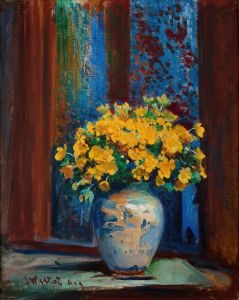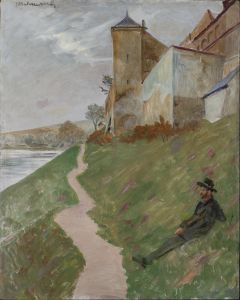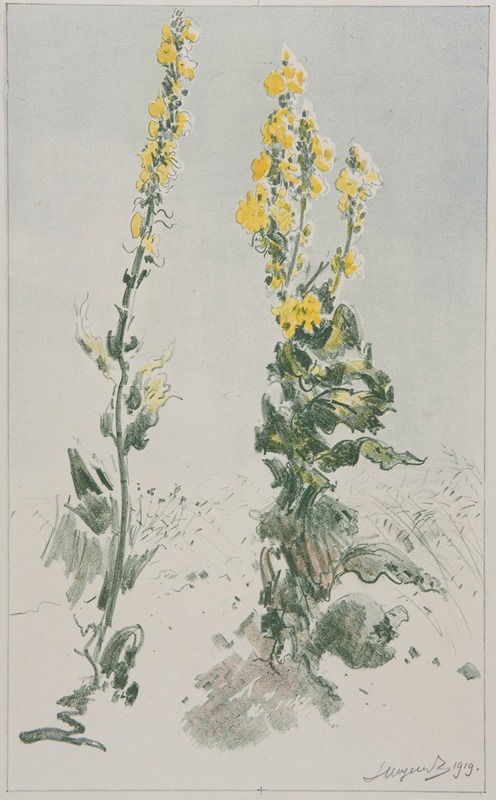
Dziewanny
A hand-painted replica of Leon Wyczółkowski’s masterpiece Dziewanny, meticulously crafted by professional artists to capture the true essence of the original. Each piece is created with museum-quality canvas and rare mineral pigments, carefully painted by experienced artists with delicate brushstrokes and rich, layered colors to perfectly recreate the texture of the original artwork. Unlike machine-printed reproductions, this hand-painted version brings the painting to life, infused with the artist’s emotions and skill in every stroke. Whether for personal collection or home decoration, it instantly elevates the artistic atmosphere of any space.
Leon Wyczółkowski's painting Dziewanny is a notable work by the Polish artist, created in 1899. Wyczółkowski, a prominent figure in Polish art, was associated with the Young Poland movement and is known for his diverse artistic output, which includes landscapes, portraits, and genre scenes. His works often reflect a deep connection to Polish culture, nature, and traditions.
Dziewanny depicts a young woman, often interpreted as embodying the spirit of nature or folklore. The title of the painting, "Dziewanny," refers to the Polish name for the mullein plant (Verbascum), which has symbolic and medicinal significance in Polish folk traditions. The plant is often associated with vitality and healing, and its name is linguistically linked to the word "dziewanna," which can also mean "maiden" in old Polish. This dual meaning may suggest a connection between the figure in the painting and themes of purity, youth, and the natural world.
The painting is rendered in Wyczółkowski's characteristic style, which combines elements of realism with a sensitivity to light and color. His use of vibrant hues and dynamic brushstrokes captures the vitality of the subject and the surrounding environment. The composition reflects Wyczółkowski's interest in plein air painting, a technique he often employed to depict the interplay of light and atmosphere in outdoor settings.
Dziewanny is part of Wyczółkowski's broader exploration of Polish rural life and folklore, themes that were central to the Young Poland movement. This artistic movement sought to celebrate national identity and cultural heritage during a period when Poland was partitioned and lacked political independence. By drawing inspiration from Polish traditions and landscapes, Wyczółkowski and his contemporaries contributed to a sense of cultural revival and resistance.
The painting is housed in the National Museum in Kraków, Poland, where it remains an important example of Wyczółkowski's work and a testament to his contribution to Polish art. The museum's collection includes several other works by the artist, showcasing the breadth of his talent and his role in shaping the artistic landscape of his time.
Dziewanny continues to be appreciated for its artistic merit and its connection to Polish cultural identity. It serves as a reminder of Wyczółkowski's ability to blend technical skill with a profound engagement with the themes of nature, folklore, and national heritage.





